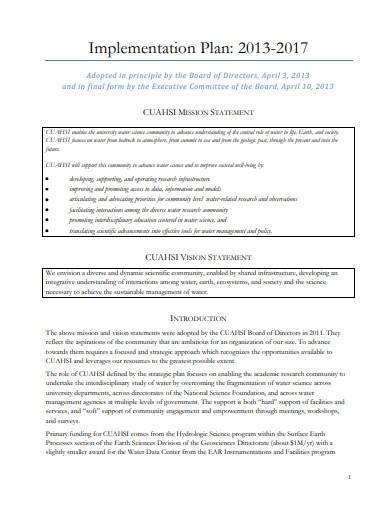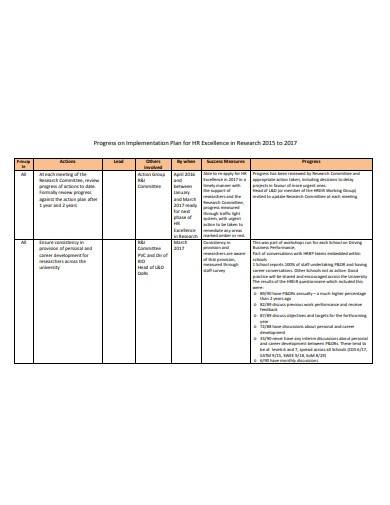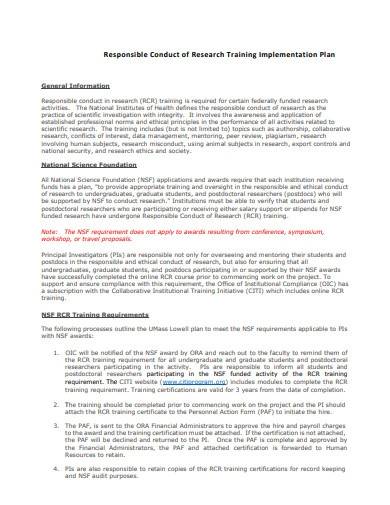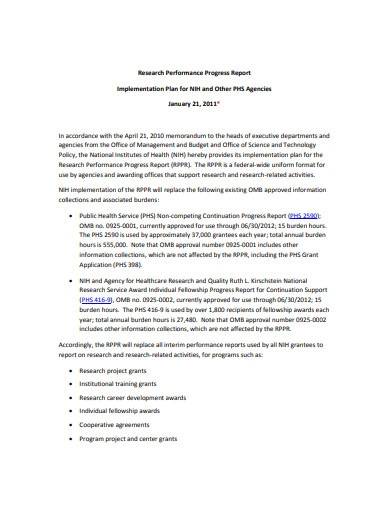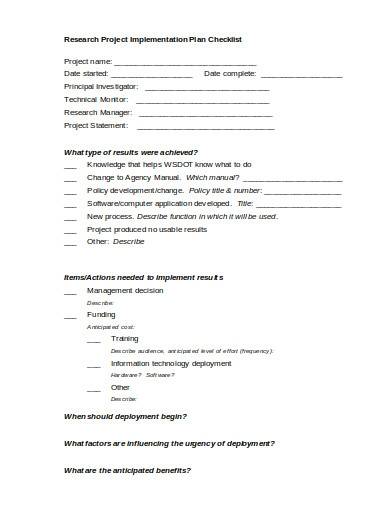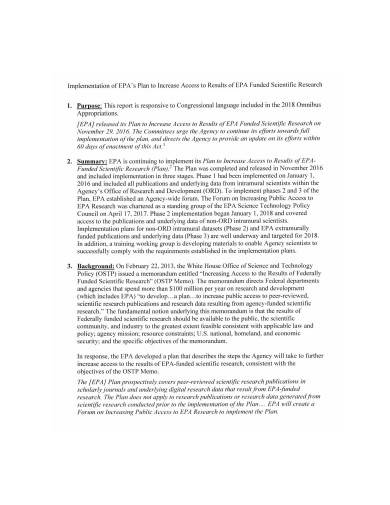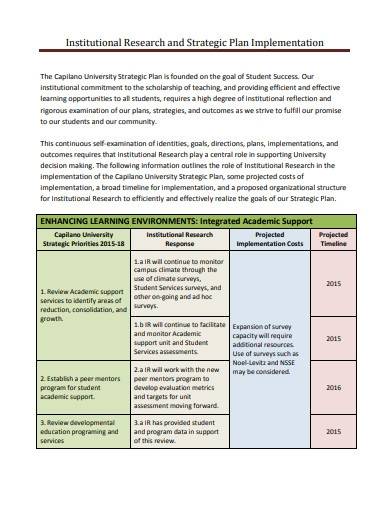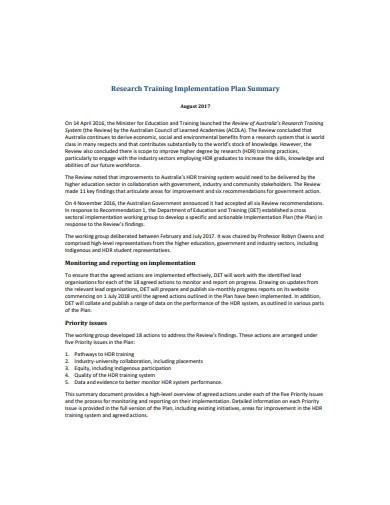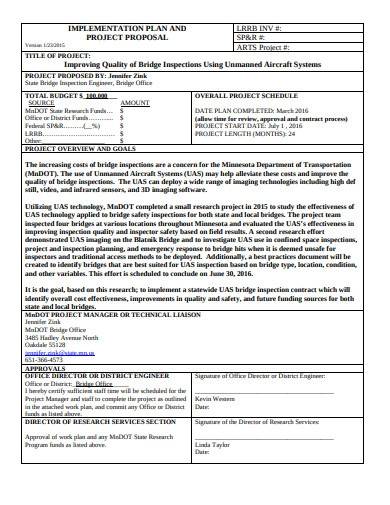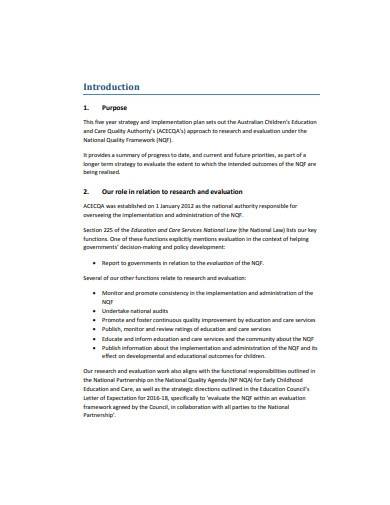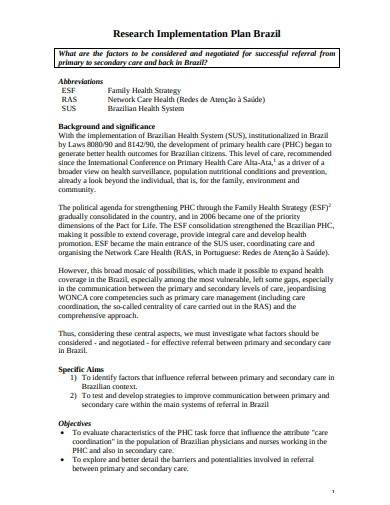Alan Werner wrote in his book “A Guide to Implementation Research” that implementation studies are sometimes contrasted with impact studies in the field of evaluation research. Implementation studies do more than simply describe program experiences but they also assess and explain. What are the things you need to do in writing an implementation plan for your research work? In this article, we have some downloadable plan samples to guide you in your research project. Keep on reading!
FREE 10+ Research Implementation Plan Samples
1. Research Implementation Plan Template
2. Research Implementation Plan Format
3. Research Training Implementation Plan
4. Research Implementation Plan Report
5. Research Project Implementation Plan Checklist
6. Scientific Research Implementation Plan
7. Research Implementation Strategic Plan
8. Research Training Implementation Plan Summary
9. Research Implementation Plan & Proposal
10. Research Implementation Plan Sample
11. Sample Research Implementation Plan
What is a Research Implementation Plan?
A research implementation plan is a powerful tool to guide researchers in capturing and analyzing essential information in real time, allowing for the assessment of performance, supporting the scale-up of interventions, and their assimilation into healthcare systems at the national level, supporting the reiterative refinement necessary for successful adaptation.
How to Write a Research Implementation Plan
Research implementation not only asks, ‘What is happening?” but also “Is it what is expected or desired?” and “Why is it happening as it is?” Below are some helpful tips in writing an effective research implementation plan:
1. Identify the research problem and objectives.
What are the program or project goals, concept or idea, and design? Are they based on sound theory and practice? There are times that implementation research may be concerned with integral questions of the soundness of program or project concept and design. For instance, do the proposed services suit the needs of the target population and are they likely to contribute to the specific program or project’s goals?
2. Create the overall research plan
In order to create the overall research plan, implementation researchers need to observe program or project operations, measure the degree to which they are operating as planned, diagnose issues, and suggest appropriate solutions.
3. Gather and assess the essential information
Being gathered firsthand in the field or a certain location where program activities happen, an enormous part of essential information are personal accounts of program processes, experiences, opinions, and outcomes by the program planners and developers, state agency managers, public interest groups, local office management and staff, and other key stakeholders. Open-ended interviews, focus groups, participant observation and others are the common techniques in gathering information.
Then, you can do an assessment by judging whether or not the program or policy understudy is operating based on some model, norm, or standard. Simply, it is about making comparisons of data on program operations, activities, services, and results with some standard and developing a thorough evaluation.
4. Demonstrate your findings
As you are finalizing your implementation plan, demonstrate your research findings by explaining the summary of what the entire program or project suggested, revealed or indicated. You can use tables, charts, graphs, and other figures in presenting your findings. Include a comprehensive report on data collection, recruitment, and participants involved in the program or project.
FAQs
An implementation plan has five important elements: the work plan, resources and budget, stakeholders, risk assessment, and quality control.What are the important elements included in an implementation plan?
The five tasks of implementation planning are specifying partner roles and responsibilities, outlining activities, setting up a timeline, determining a budget, and accomplishing implementation plans.What are the five tasks of implementation planning?
The stages of implementation are exploration, installation, initial implementation, and full implementation.What are the stages of implementation?
The various techniques that are necessary for research planning and implementation are document analysis, observation like doing some ethnographic studies, and case-studies surveys using structured interviews and questionnaires.What are the various techniques to be used in research planning and implementation?
Therefore, the core purpose of research implementation is to describe, assess, and explain “what is happening and why” may be exceptionally compelling when brought to bear on the following primary issues of program design, resources, administration, services, and outcomes. To help you in this matter, you can freely use our guides with the tips we provided in this article. Here are some of our downloadable and printable project plan samples available in different kinds of formats. Simply click the templates in this article and start downloading now!
Related Posts
FREE 10+ Concurrent Validity Samples & Templates in MS Word | PDF
FREE 10+ Resource Tracking Samples & Templates in MS Word | PDF
FREE 4+ Clinical Case Study Samples & Templates in PDF
FREE 10+ Content Validity Samples & Templates in PDF
FREE 10+ Construct Validity Samples & Templates in MS Word | PDF
FREE 10+ Code of Human Research Ethics Samples & Templates in MS Word | PDF
FREE 10+ Biography Research Report Samples and Templates in PDF
FREE 10+ System Documentation Samples & Templates in MS Word | PDF
FREE 10+ Process Document Samples & Templates in MS Word | PDF
FREE 10+ Action Research Samples & Templates in PDF
FREE 10+ Longitudinal Research Samples & Templates in PDF | MS Word
FREE 10+ Causal Research Samples & Templates in MS Word | PDF
FREE 10+ Client Discovery Samples & Templates in MS Word | PDF
FREE 10+ Null Hypothesis Samples & Templates in MS Word | PDF
FREE 9+ Product Knowledge Samples & Templates in PDF

